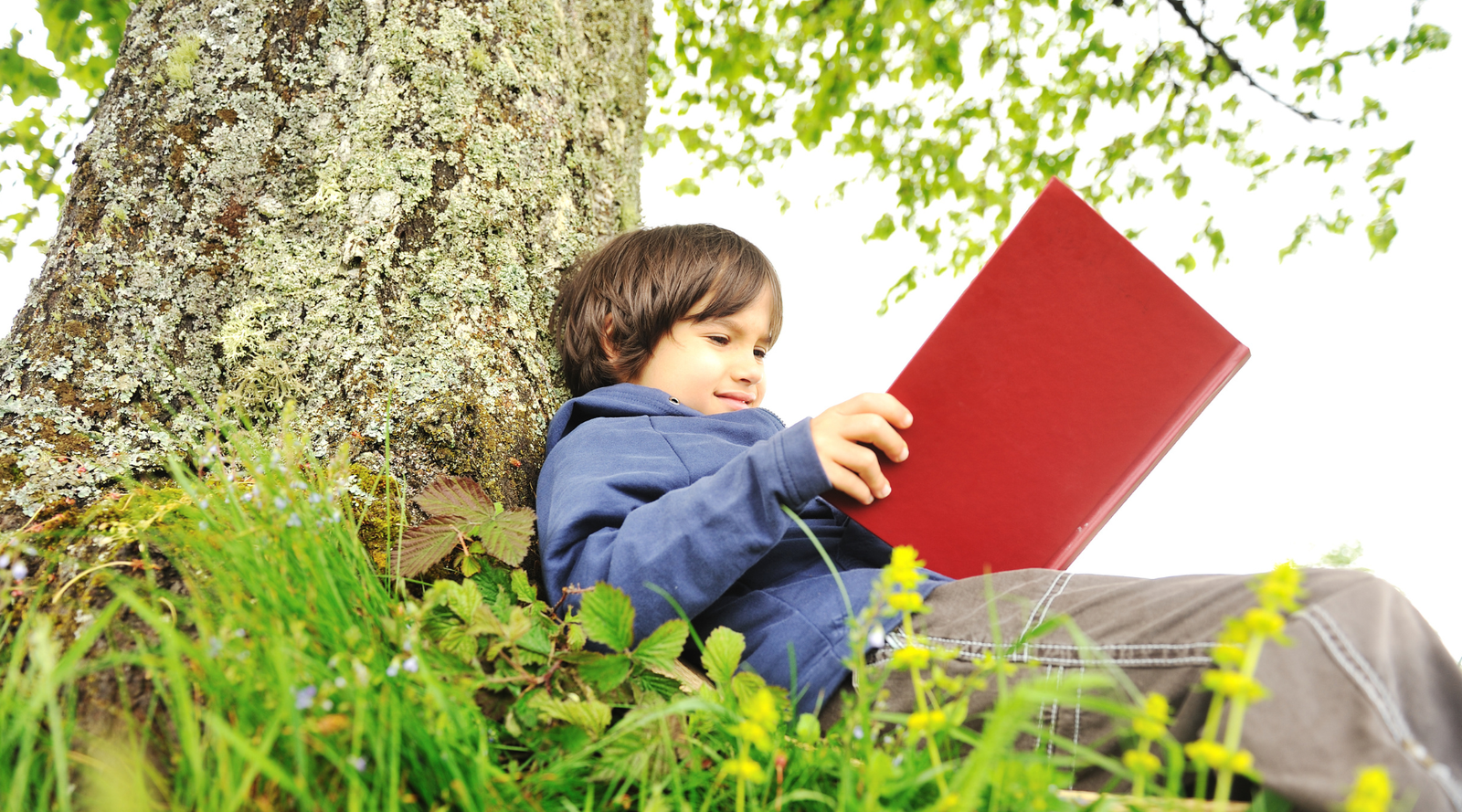When to Visit Acadia National Park: Seasonal Tips & Highlights
If you're planning a trip to Acadia National Park and need help determining when, then you've come to the right place! With its jaw-dropping coastal views, granite peaks, and famous rugged shorelines, Acadia has something magical to offer every season. Whether you're a hiker, a leaf-peeper, or someone who wants to bask in nature's beauty, timing your visit right can make all the difference. Here's a seasonal rundown with tips to help you decide when to visit Acadia National Park.

Spring (Late April to June): The Early Bird Special
Ah, spring! Acadia National Park begins to shake off its winter slumber as trails reopen, flowers bloom, and Acadia wildlife emerges from their hiding spots. However, remember that Maine's idea of "spring" can feel like winter's afterparty. Temperatures hover in the 40s and 50s, and there may still be patches of snow on higher trails.
Pros:
- Fewer Crowds: Most folks are still waiting for summer, so you'll have more of the park to yourself.
- Wildlife Watching: Catch glimpses of new life as baby animals (like moose calves and fawns) start to frolic.
- Spring Wildflowers: Wildflowers like lupines and rhodora are beginning to bloom, adding color to the rocky landscapes.
Cons:
- Variable Weather: You might need to pack a wardrobe for all seasons.
- Mud and Bugs: Spring showers bring mud puddles - and black flies. These tiny terrors are infamous in Maine, so bring bug spray (or a personal bug forcefield).
Top Tip: Check out Jordan Pond and Cadillac Mountain. The crowds are light, and you can hike with relative peace, even on more popular trails.

Summer (July to August): The Main Event
Summer is when Acadia is in full swing, and it seems like everyone and their dog (literally) decides to visit. The weather is warm, ranging from the mid-60s to the low 80s, and the park's 47,000 acres offer boundless options for hiking, biking, and kayaking.
Pros:
- Perfect Weather: This is Maine at its finest - sunny skies, moderate temperatures, and cool ocean breezes.
- All Facilities Open: Whether it's guided boat tours, carriage roads for biking, or ranger-led programs, everything's open and available.
- Spectacular Ocean Views: Enjoy classic coastal Maine scenery from Sand Beach and Thunder Hole.
Cons:
- Crowds Galore: Acadia draws over three million visitors annually; a hefty chunk of them come during summer.
- Parking Battles: Popular spots like Jordan Pond can have parking situations that feel more like Black Friday at a big-box store. Get there early or use the park's Island Explorer shuttle to save yourself the stress.
Top Tip: Brave the 4 a.m. wake-up call to watch the sunrise from Cadillac Mountain. It's the first place in the U.S. to catch the sunrise in the early summer months, and the views will make you forget about the ungodly hour.

Fall (September to Mid-October): Leaf-Peeping Paradise
Autumn in Acadia is a painter's palette come to life. Maine is known for its vivid fall foliage, and Acadia's forests explode in red, orange, and gold shades. Temperatures range from the 50s to 70s in September, steadily dropping as October approaches.
Pros:
- Stunning Foliage: If there's one time of year to make the trip, it's autumn. The park's iconic vistas are even more breathtaking, framed by fiery fall colors.
- Fewer People: The post-Labor Day lull makes for a more serene experience. By late October, crowds thin out considerably, but the weather is still lovely for exploring.
- Cooler Hiking Weather: No more summer heat - just crisp air that makes those uphill treks much more enjoyable.
Cons:
- Shorter Days: You'll have fewer daylight hours to work with as you explore.
- Temperamental Weather: A sunny, warm day can quickly turn cold and rainy, so layering is key.
Top Tip: Visit the Jordan Pond House for tea and popovers on the lawn. The scenery and cozy fall vibes make it a quintessential Acadia experience. Be sure to bring your camera for shots of the Bubbles reflected in Jordan Pond's glassy waters!

Winter (November to Early April): The Quiet Season
For those who prefer solitude over amenities, winter in Acadia offers an entirely different side of the park. Snow blankets the mountains, ice crystals form along the coast, and the silence is downright meditative.
Pros:
- Complete Solitude: If you've ever wanted Acadia all to yourself, now's your chance. It's one of the least crowded national parks in winter.
- Snow Activities: Think snowshoeing, cross-country skiing, and even ice fishing. Acadia's winter wonderland vibe is perfect for winter sports lovers.
- Unique Photography Opportunities: Winter sunrises, frozen lakes, and snow-covered trees create stunning photo ops.
Cons:
- Limited Access: Only a portion of the Park Loop Road remains open in winter, and certain trails can be hazardous or closed due to snow.
- Harsh Weather: Maine winters are no joke. Temperatures often dip below freezing, and blizzards are a real possibility.
Top Tip: Brave the cold and explore the park's cross-country skiing trails, especially on the carriage roads. Just remember to pack extra layers and a thermos of hot cocoa.

Final Thoughts: When's the Best Time?
The best time to visit Acadia ultimately depends on what kind of experience you're looking for. Here's a quick cheat sheet:
- If you want solitude: go in winter.
- If you want warm weather and lots of activities: Summer is your jam.
- If you're a foliage fan: visit in Autumn for unforgettable fall colors.
- If you want to avoid bugs but still see flowers: Spring, but bring your rain boots and prepare for mud.
Each season brings its own charm, challenges, and rewards. This National Park is ready to impress with natural beauty that feels both intimate and awe-inspiring, no matter when to choose to visit Acadia. Just remember to bring your sense of adventure (and a healthy respect for the elements). Happy exploring!
















Leave a comment (all fields required)